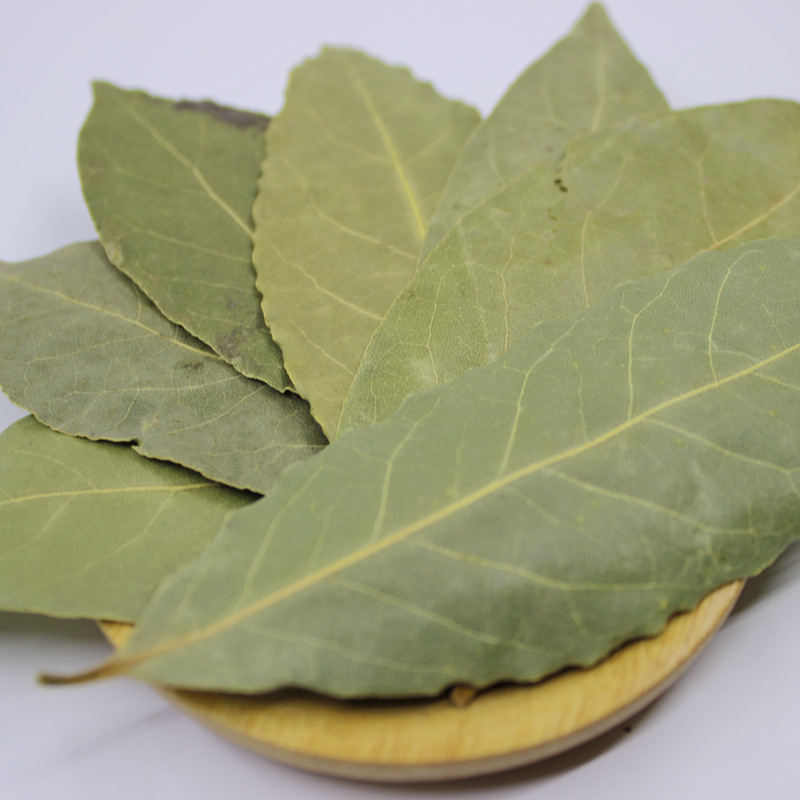Laurel leaves, commonly known as bay leaves, are aromatic leaves from the bay laurel tree (Laurus nobilis). They are widely used in cooking to add flavor to various dishes. Here are some key points about laurel leaves:

Culinary:
Flavoring: Used to impart a subtle, earthy flavor to soups, stews, sauces, and marinades.
Slow-Cooking: Commonly used in slow-cooked dishes like braises and stocks, where they can release their flavor over time.
Seasoning Mixes: Included in spice blends like bouquet garni and garam masala.
Aromatic:
Potpourri: Used in dried form in potpourri for their pleasant aroma.
Sachets: Can be placed in linen closets or drawers to impart a fresh scent and repel insects.
Drying: Fresh laurel leaves can be dried and stored for long-term use.
Usage: Typically, whole leaves are added to dishes during cooking and removed before serving, as they remain tough and can be a choking hazard if eaten whole.
Shelf Life: Dried bay leaves can last up to a year when stored in an airtight container in a cool, dry place.
Quality: Ensure leaves are dry and free from any signs of mold or discoloration before storing.
Antioxidants: Contains compounds with antioxidant properties.
Digestive Health: Traditionally used to aid digestion and relieve indigestion.
Anti-inflammatory: Known for their anti-inflammatory properties and have been used in traditional medicine for pain relief.
Consumption: Bay leaves should be removed before consuming the dish as they can be sharp and pose a risk if swallowed whole.
Allergies: Some individuals may be allergic to bay leaves, so it's important to use them with caution if unsure.
Would you like more details on recipes, health benefits, or sourcing laurel leaves?